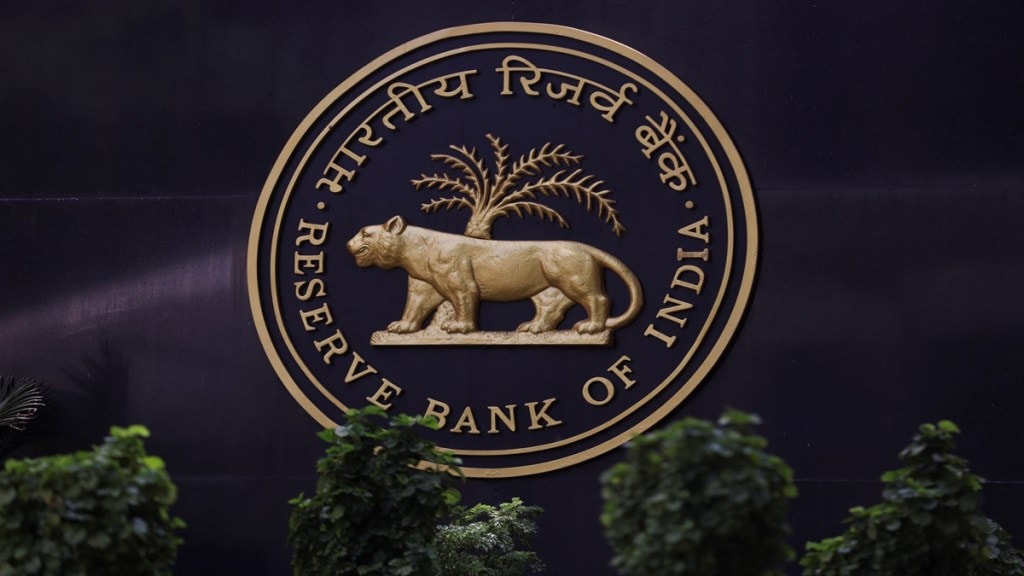India’s retail inflation, based on the Consumer Price Index (CPI), for February easing to a seven-month low of 3.61 per cent, according to economists, offers a sizeable room to Reserve Bank of India’s (RBI) Monetary Policy Committee (MPC) to deliver a second consecutive repo rate cut in April. A lower inflation and below trend growth may lead to ‘more than consensus’ rate cut in the next MPC meeting. Aastha Gudwani, India Chief Economist, Barclays, said, “While our base case remains that the MPC will deliver another 25bp cut at the April meeting and retain the ‘neutral’ stance of monetary policy, we now think there is a possibility of a larger, non-standard 35bp cut at that meeting.” February CPI inflation was down 65 basis points in comparison to January 2025 and is the lowest year-on-year inflation after July 2024.
Easy case for easing
With headline and core inflation both expected to average around the 4 per cent target but growth below trend, Nomura said, current policy rates are restrictive, and further easing towards neutral, and then into accommodative territory is likely. Additionally, the RBI is also addressing liquidity tightness pro-actively. This, the analysis report said, could ultimately shift the system into a surplus, in order to improve the transmission of rate cuts. “Against the consensus view of ~50bp of additional easing, we continue to expect 75bp of further cuts to a terminal rate of 5.50 per cent by end 2025, with 25bp cuts each in April, June and August,” said Sonal Varma, MD and Chief Economist for India and Asia excluding Japan at Nomura.
Inflation might increase marginally in March
Data so far in March suggest food prices rising, led by vegetables, fruit and meat & fish – partly on seasonality, however, Nomura expects lower prices for pulses and eggs and a moderate increase for milk. Barring a rise on gold prices, other core categories should remain capped. “On net, CPI inflation is tracking at ~3.8 per cent YoY in March from 3.6 per cent in February, while core inflation may ease to 3.9 per cent from 4.1 per cent,” said Sonal Varma while maintaining that CPI inflation is likely to remain below 4 per cent in H1 2025 (RBI: 4.5 per cent) and average to around 4.2 per cent in FY26 (RBI: 4.2 per cent).
Barclays too forecasted March CPI inflation at 3.8 per cent YoY, given early data from retail food prices and recent increases in transportation fares in Maharashtra. “Accordingly, we see Q4FY25 inflation averaging 3.9 per cent, ~50bp lower than the MPC’s forecast (4.4 per cent as of February 7),” said Aastha Gudwani.
To put things in perspective, beyond March, the combination of robust crop output and the government’s sensitivity to price flare-ups should lead to lower food inflation this year. That said, India is also experiencing early signs of a heatwave (expected to last until May), which if it materialises, could pose a risk to rabi crop output. Meanwhile, weak domestic demand and deflation in manufacturing input costs should keep core inflation subdued.
The background
February CPI inflation, led by lower food prices, moderated sharply to 3.6 per cent YoY. Food and beverages inflation eased to 3.8 per cent YoY from 5.7 per cent in January. This drop was driven by a double-digit monthly price contraction in vegetables (-11.2 per cent MoM, nsa), eggs (-5.3 per cent), pulses (-3.6 per cent), and spices (-0.8 per cent). Large price increases were limited to fruit and sugar, with most other categories recording a flat to modest rise.
Core CPI inflation, meanwhile, rose more than expected, to 4.1 per cent YoY in February from 3.6 per cent in January. The uptick, Nomura explained, was led by gold prices (2.8 per cent MoM, nsa), which pushed up personal care CPI inflation, but all other core sub-categories remain subdued. “Indeed, on a 3-month saar basis, core inflation ex-commodities (petrol, diesel, gold and silver) was flat at 3.1 per cent. The 20 per cent trimmed mean moderated to 3.3 per cent YoY in February from 3.4 per cent in January, core goods (ex-key commodities) inflation was flat at 2.8 per cent, and core services inflation inched up only slightly to 3.7 per cent from 3.6 per cent. The muted performance of core inflation suggests domestic demand remains soft,” the Nomura report stated.
Industrial activity
Furthermore, industrial production growth rose to 5.0 per cent YoY in January from an upwardly revised 3.5 per cent in December. Sequential momentum also rose to 1.5 per cent MoM sa, from 0.3 per cent in December, led by a broad-based pickup across infrastructure and construction, consumer durable and non-durable goods production, suggesting improved consumption and investment activity in January.
